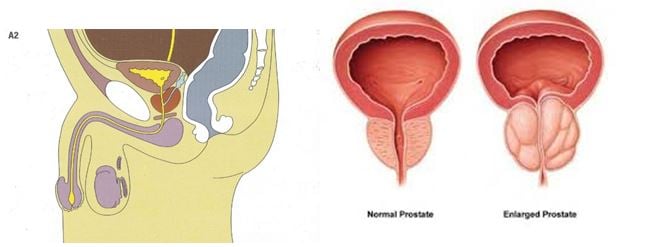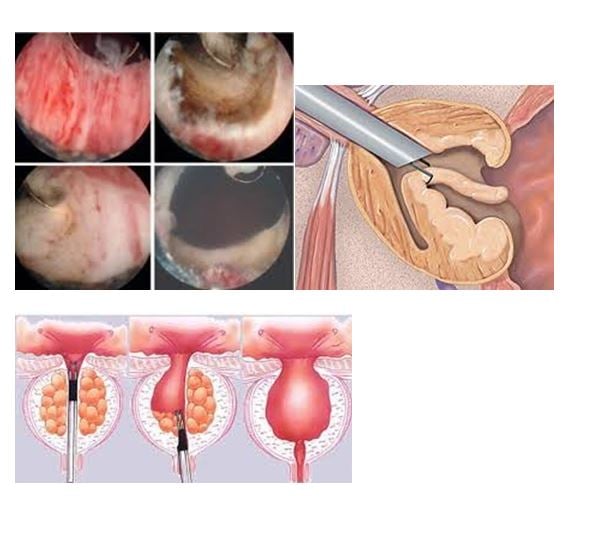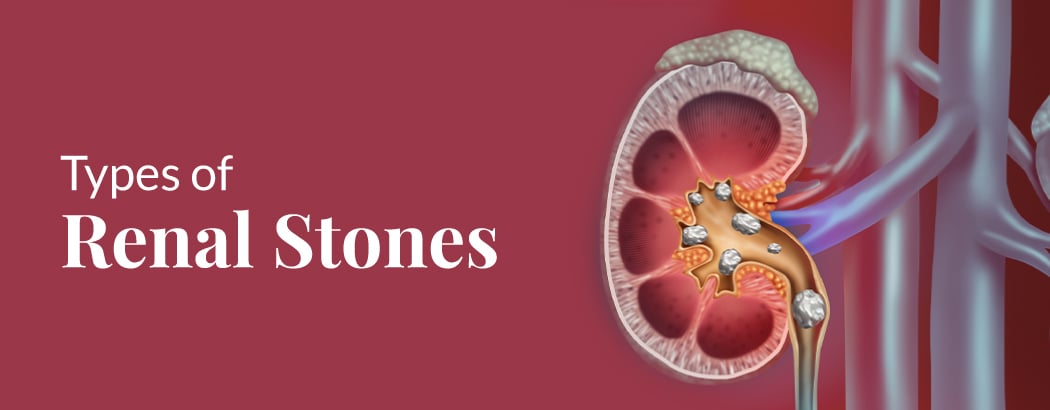Transurethral Resection of The Prostate (TURP)
The prostate gland sits around your urethra (waterpipe) as it leaves the bladder and, when it enlarges, it may block the flow of urine.
TURP involves removal of the obstructing, central part of the prostate with telescope(cystoscope) and heat created by electric current(diathermy), creating a wide channel to allow urine to flow more easily.
Before the procedure
Once decision is made for the surgery, we usualy perform blood tests and other tests to assess your fitness for surgery. You will see the anaesthetist to assess the fitness for surgery. An anaesthetist will see you to discuss the options of a general anaesthetic or spinal anaesthetic. The anaesthetist will also discuss pain relief after the procedure with you. The urologist will discuss the surgery again with you to confirm your consent and you will be asked to sign the consent form to give your permission to proceed with the surgery and to confirm that the common complications and side effects of the surgery has been explained to you.
We usually admit you the day before surgery but may admit you on the day of surgery of the surgery is scheduled in the afternoon.
The procedure
- We normally use a general anaesthetic (where you are asleep) or spinal anaesthetic (where you are unable to feel anything from your waist down)
- we usually give you an injection of antibiotics before the procedure, after you have been checked for any allergies with a test dose of antibiotics
- We put a telescope into your bladder through the urethra (water pipe) and remove the central part of the prostate using heat generated by electric current (diathermy) (pictured)
- The prostate pieces that are removed is sent for analysis under microscope
- Once the prostate has been removed, we arrest any bleeding
- We put a catheter into your bladder at the end of the procedure
- We normally use bladder irrigation in and out of the catheter, to flush through any clots or bleeding
- On average, the procedure takes 60 to 120 minutes to complete dependingon the size of the prostate
We normally remove your bladder catheter after 2 days. You may find it painful to pass urine at first and you may be passing urine more frequentlywhichusually improves within a few days.
Some patients cannot pass urine at this stage. If this happens, we put another catheter insend you home with catheter and remove the catheter few days later.
You may pass little amount of blood in urine for up to 6 weeks after operation. If this is heavy then please contact your urologist or doctor.
Side effects/complications
- Temporary mild burning, bleeding and frequent urination
- No semen is produced because it passes back into your bladder on ejaculation (retrograde ejaculation)
- Treatment may not relieve all your symptoms
- Poor erections (in men with previously normal erections)
- Bleeding requiring a blood transfusion or re-operation
- Possible need to repeat the treatment at a later date due to re-growth of the prostate
- Injury to the urethra causing delayed scar formation
- Inability to pass urine after surgery requiring a catheter or intermittent self-catheterisation
- Loss of urinary control which may be temporary or permanent
- Finding an unsuspected cancer in the removed tissue which may need further treatment
- Irrigating fluids getting into the bloodstream & causing confusion or heart problems
- Anaesthetic or cardiovascular problems possibly requiring intensive care (including chest infection, pulmonary embolus, stroke, deep vein thrombosis, heart attack and death)
After the operation
one patient in five (20%) gets some bleeding 10 to 14 days after getting home, due to scabs separating from the cavity of the prostate. If this happens, you should increase your drinking; if it does not settle, you should contact the urologist.
Some loss of control is common in the early days, so it is helpful to start pelvic floor exercises as soon as possible; these can improve your control when you get home. The symptoms of an overactive bladder (frequent & urgent urination) can take up to three months to settle, whereas the flow of urine is usually improved immediately.
It will be 14 to 21 days before the final biopsy results on the tissue removed are available.
Most patients need two to three weeks at home before they feel ready for work. We recommend three to four weeks’ rest before you go back to work, especially if your job is physically demanding; you should avoid any heavy lifting during the recovery period.









